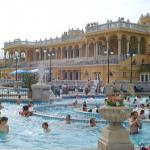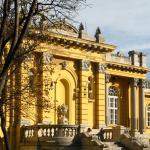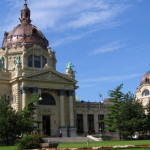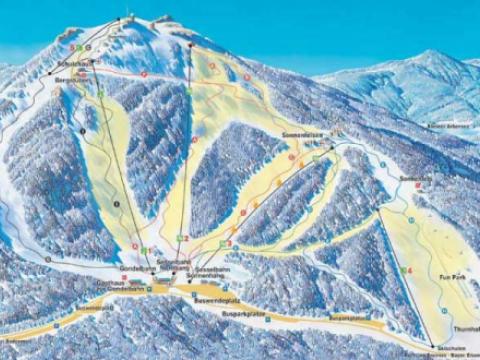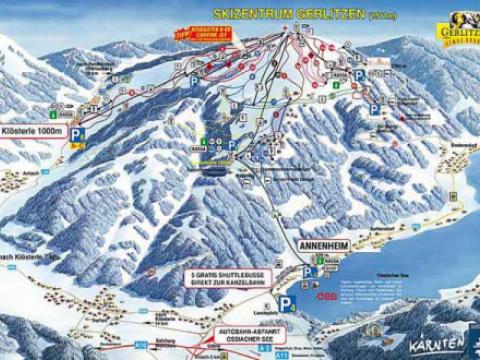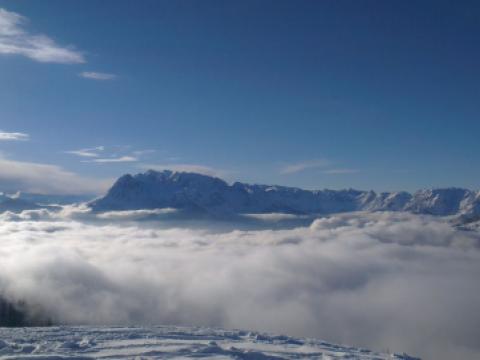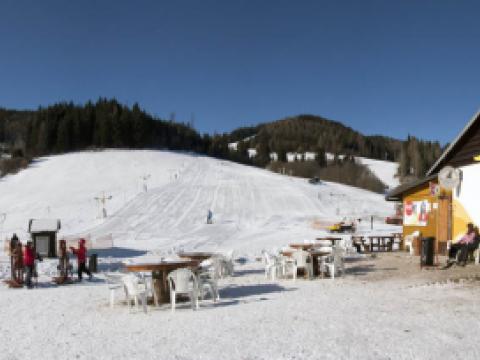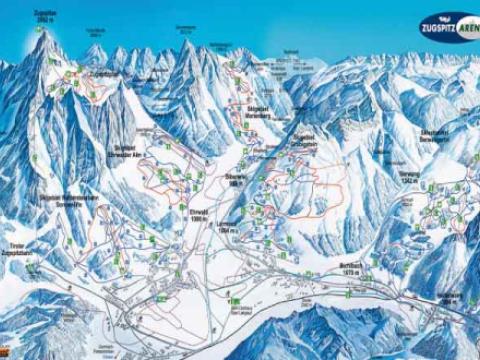Location
The biggest medicinal bath in Europe is located in Pest. The name of this spa complex is Széchenyi Baths. Since the late 19th century this was the favorite place both for leisure and medical treatment of the Budapest residents.
Nowadays, it attracts visitors all over the world, who are looking to enjoy in pleasant surroundings, committed staff, and healthy water. Depending on illness, or just preference, the visitor can choose from several separate pools with water of the same mineral properties, but different temperature. The water is rich in sulphate, calcium, magnesium, and fluoride acid, making it ideal for gastric, respiration, and joint problems.
Take the Millennium Underground (M1) to Széchenyi fürdő station.
A day pass with a locker is HUF 3,400 during the week and HUF 3,550 on the weekends. A day pass with a cabin is HUF 3,800 during the week and HUF 3,950 on the weekends. A 30-minute aroma massage is HUF 4,000 and a refreshing 15-minute massage is HUF 3,000.









